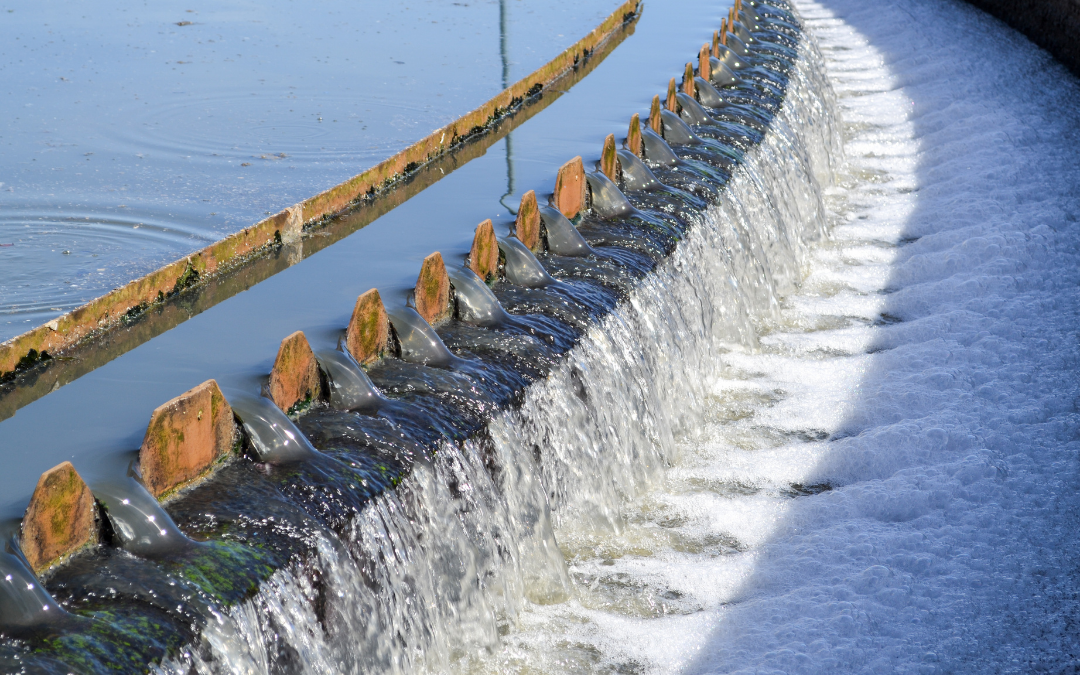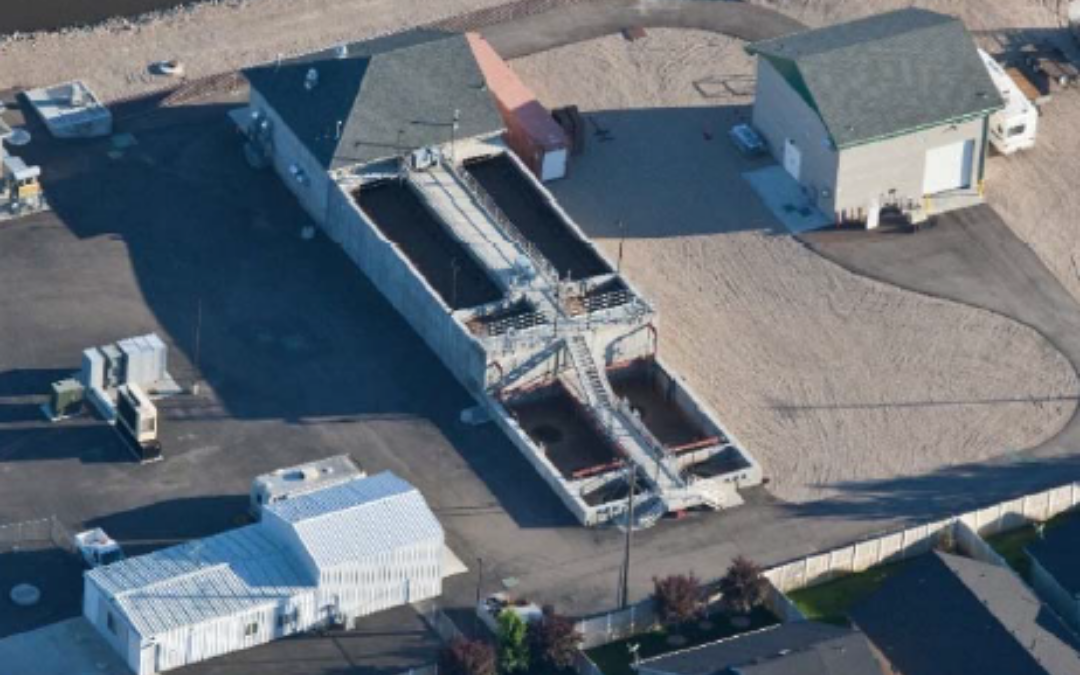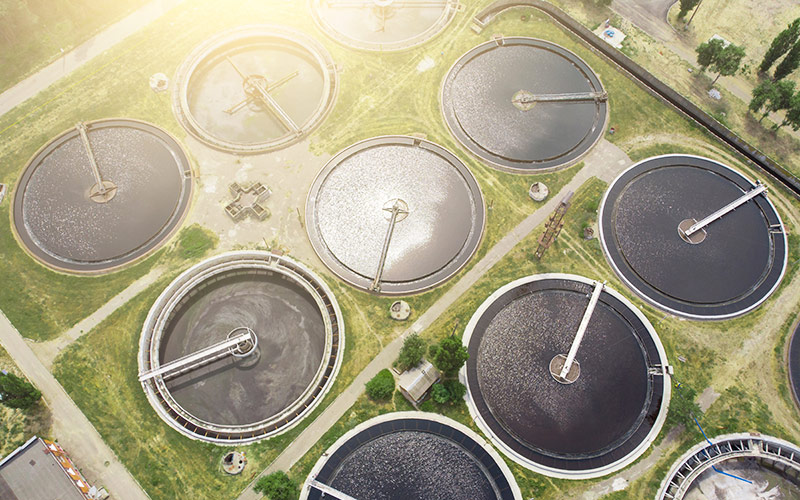
by | | Innovative Chemistry, Lanthanide Salt Chemistry, Phosphorus Removal from Wastewater, RE100, RE300, Wastewater Treatment, Water Treatment, WaterFX
Phosphorus Removal and Sludge Management Removing phosphorus from wastewater usually involves use of a coagulant, especially if you have a low Total Phosphorus (TP) limit. Traditional coagulants, carried over from the water treatment side of the industry, are based on...

by | | Innovative Chemistry, Lanthanide Salt Chemistry, RE100, RE300, Wastewater Treatment, Water Treatment, WaterFX
Growth can often be a double-edged sword for a water reclamation facility (WRF). With an expansion looming to double the capacity of their membrane bioreactor (MBR) facility, the Coppermine WRF was exploring ways to improve their phosphorus removal from wastewater....

by | | Case Studies, Phosphorus Removal from Wastewater, WaterFX
With every permit renewal, discharge limits can be drastically reduced, usually with a compliance schedule that allows the wastewater facility to evaluate options and implement the best solution. That is the situation Star Sewer, a utility outside Boise, Idaho, found...

by | | Lanthanide Salt Chemistry, Wastewater Treatment, Water Treatment, WaterFX, White Papers
The toxicity of chemical additives to wastewater should be tested to determine the effect of the additives on the ecosystem. Ideally the additive will do what it is designed to do, only be discharged in a minimal amount, and not have any adverse effects on the...

by | | Wastewater Treatment, Water Treatment, WaterFX, White Papers
Neo WaterFX300 is a lanthanide based coagulant for use in water treatment. It is mainly composed of the ionic forms of Cerium (Ce) but can contain other lanthanides such as Lanthanum (La), Neodymium (Nd), and Praseodymium (Pr) among others. Similar to other metal salt...








